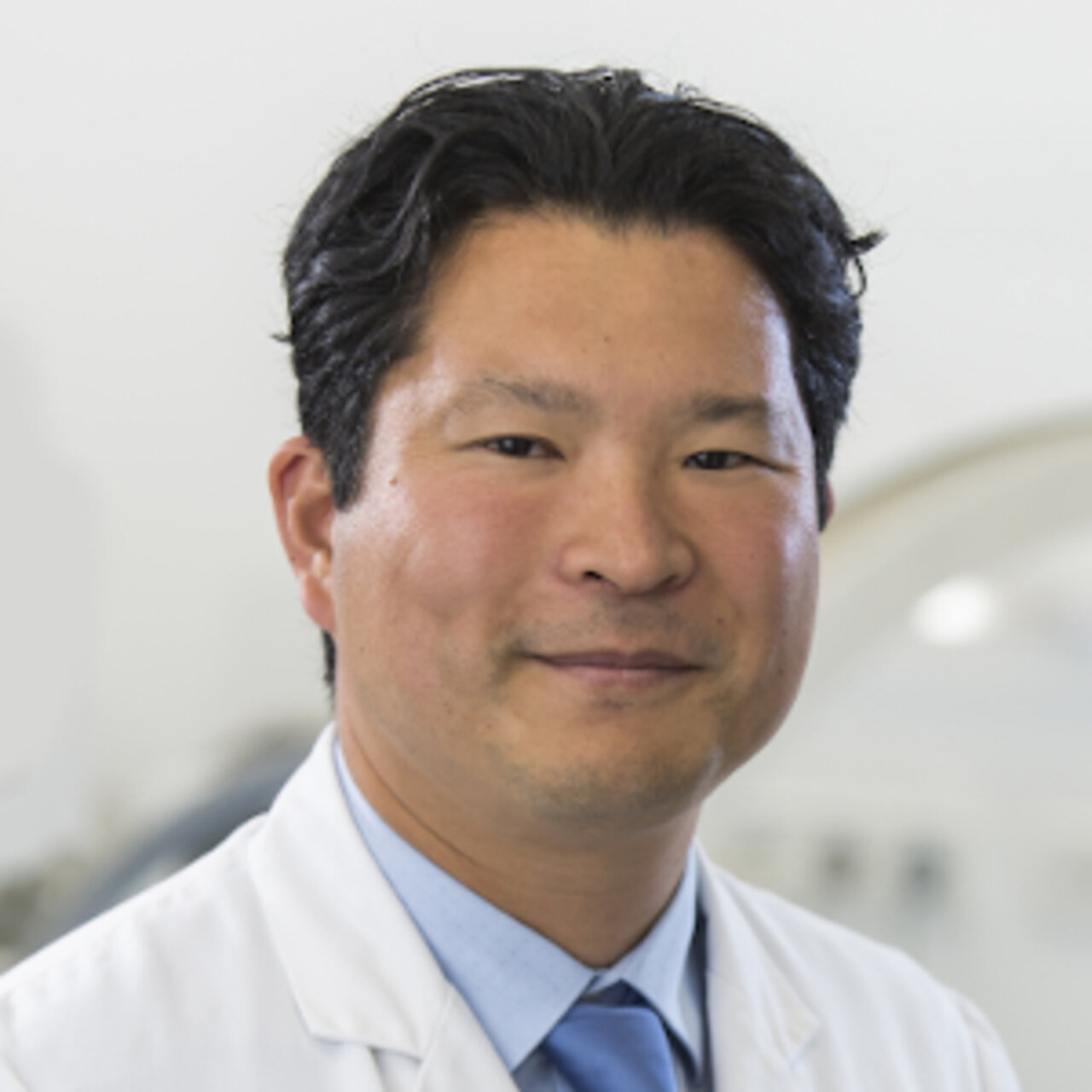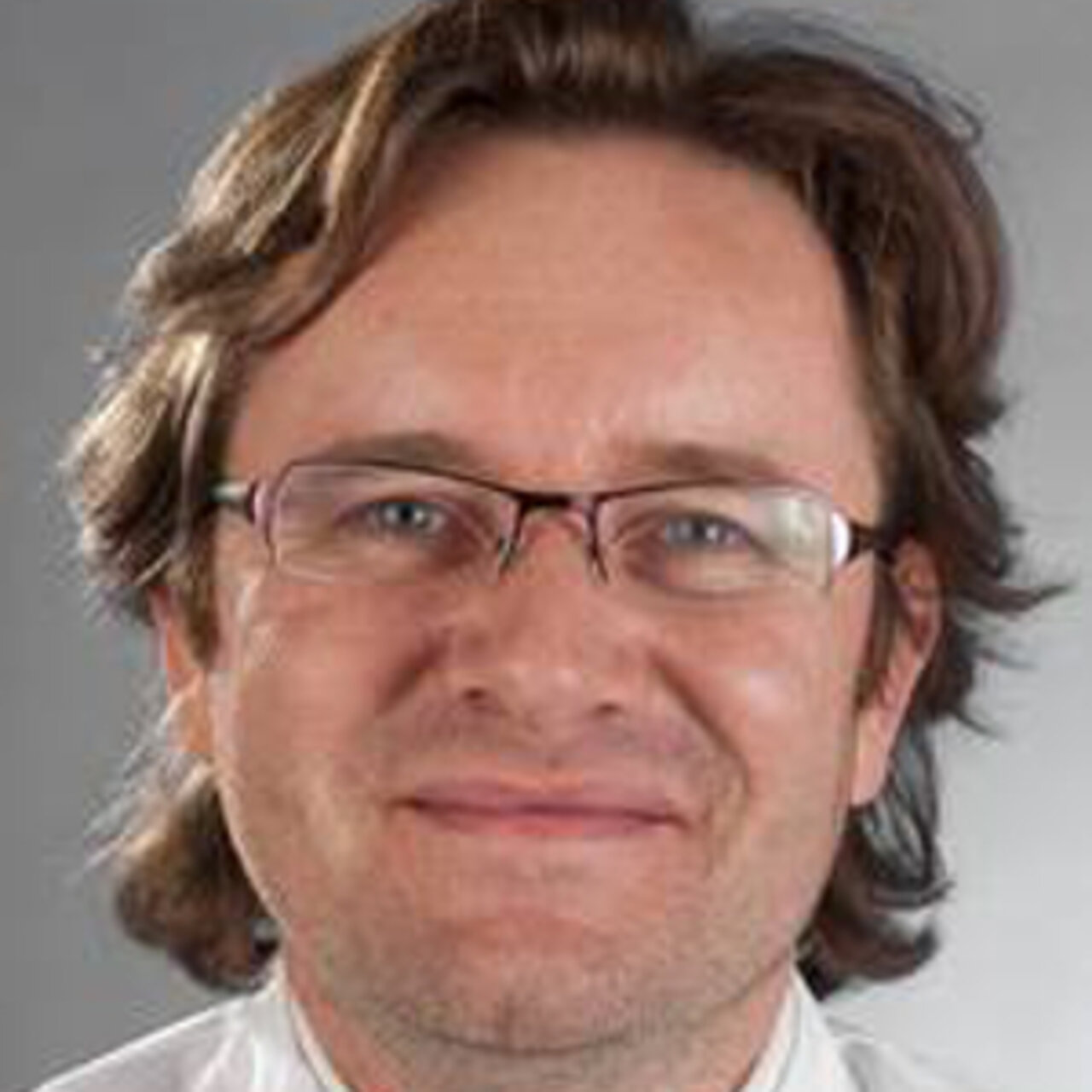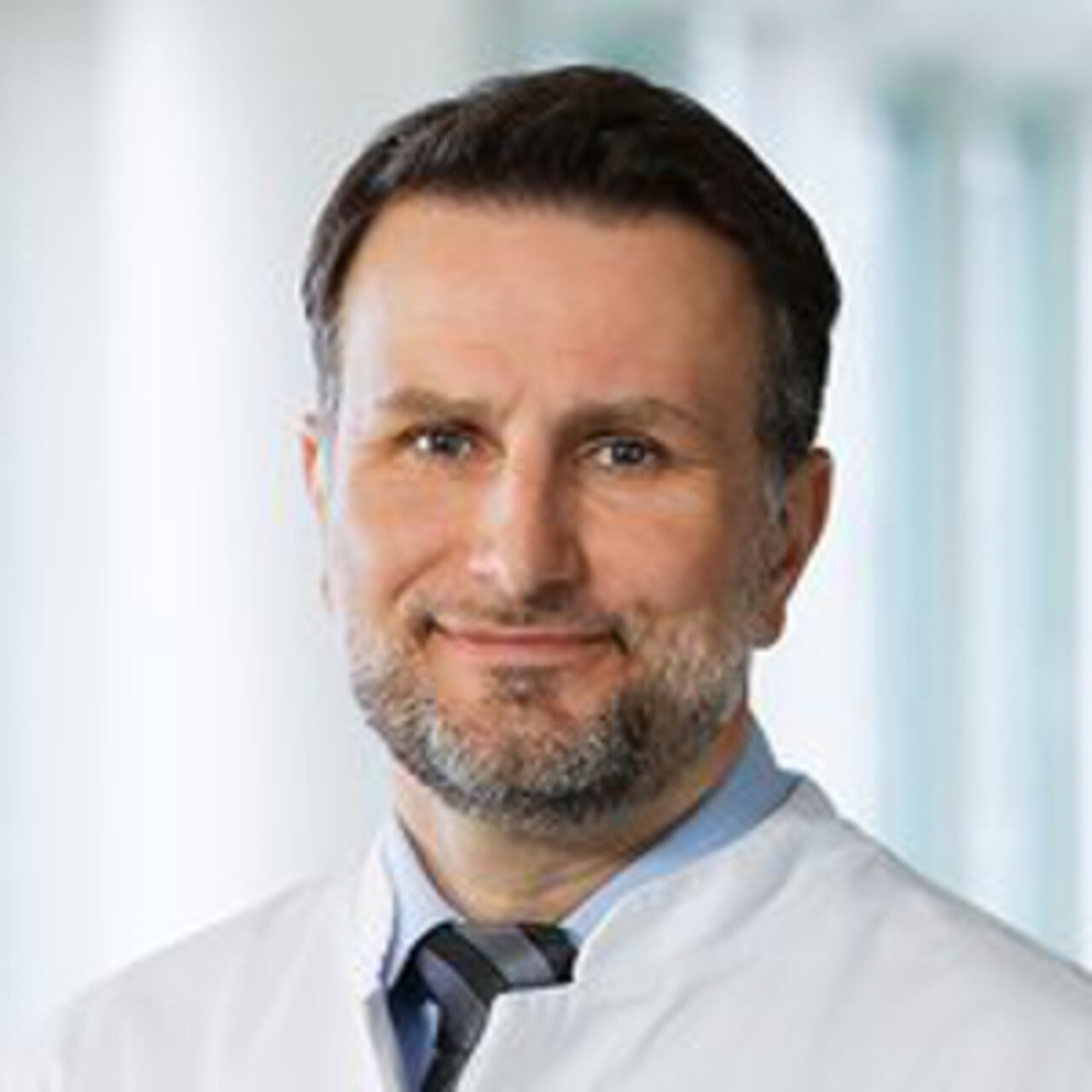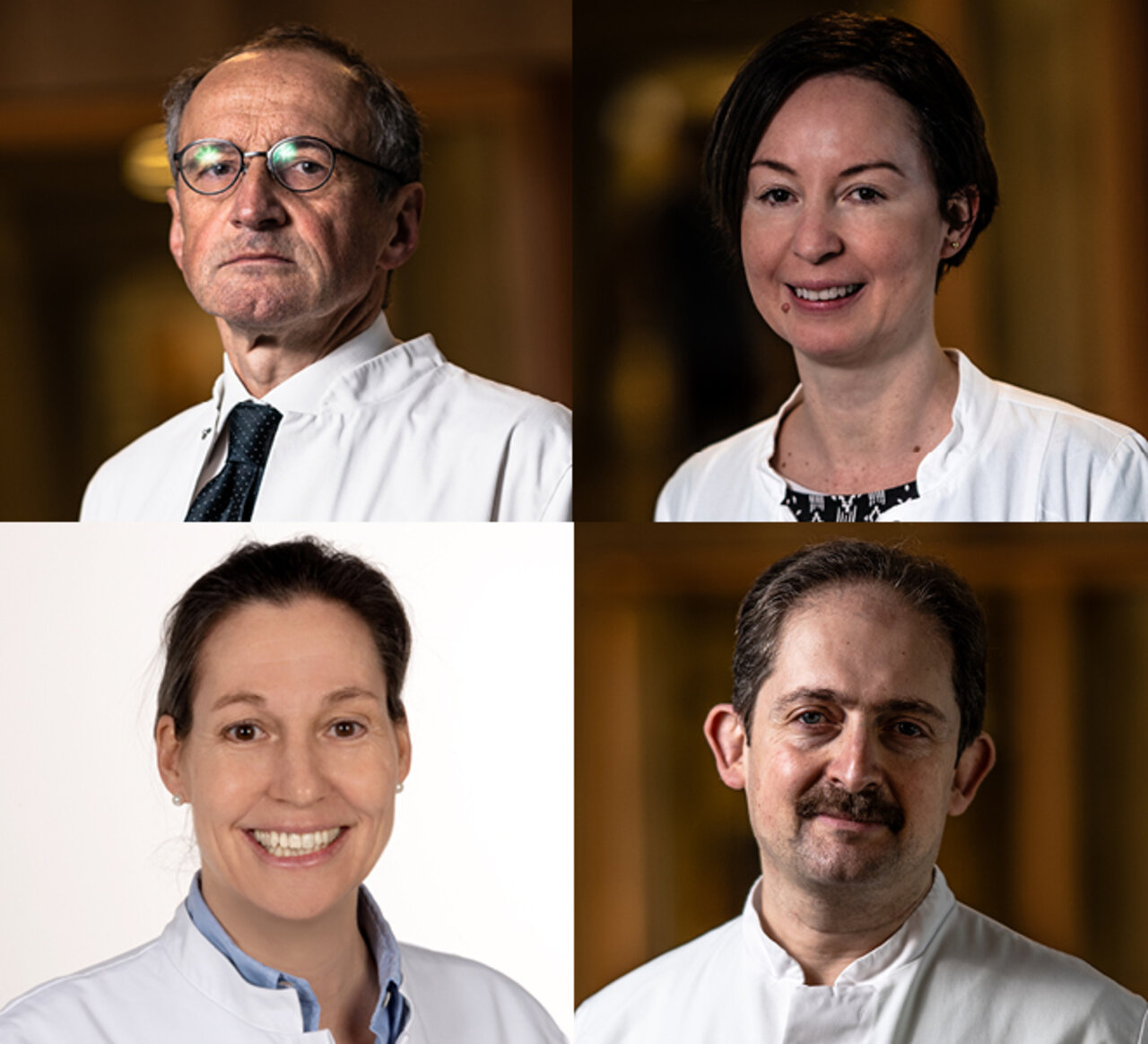Specialists in Craniocerebral Injury
7 Specialists found
Information About the Field of Craniocerebral Injury
What Is Craniocerebral Injury?
The brain is a susceptible organ protected by the robust skull bone. Therefore, if a skull injury involves the brain, it is called a craniocerebral injury.
This can be an open incident when there is a fracture of the skull bone, but the brain can also be damaged in a covered injury. This occurs when the brain hits the skull walls or other bony structures, which causes damage by force. The main symptoms of craniocerebral injury are impaired consciousness and amnesias, memory lapses. Following the trauma, brain swelling, increased intracranial pressure, and space-occupying hemorrhages can cause further damage. The swelling leads to pressure damage to the brain tissue, as the brain cannot expand further in its bony environment. This can lead to secondary loss of neurons, so the precipitating causes usually need to be treated immediately.
What Are the Causes of Craniocerebral Injury?
The craniocerebral injury occurs when force is applied to the head, e.g., when the head hits a hard surface or object. The most common causes are traffic accidents, falls, sports accidents, and fights. For example, more than half of all victims of traffic accidents suffer a craniocerebral injury.
How is Craniocerebral Injury Diagnosed?
In an accident with craniocerebral injury, a physical examination and medical history are performed directly at the accident site to assess the patient's current condition better. The Glasgow Coma Scale (GCS) scoring scheme is used during this process, which evaluates the patient's state of consciousness and physical condition. When the GCS is used, eye-opening, best verbalization and best motor response are assessed. Fifteen points are the maximum score, which means a patient capable of communication is found to be fully conscious. Less than thirteen points indicate a mild disturbance of consciousness, which should be monitored. Fewer than eleven points signal readiness for intubation due to a moderately severe disorder of consciousness. If the patient scores less than eight points, he is in a coma, and intubation and ventilation must be provided.
If the patient is responsive, a more detailed history of the accident and existing symptoms is taken. Signs of craniocerebral injury may include nausea, headache, neck pain, paralysis, sensitivity to light, dizziness, and speech difficulties. Furthermore, the examination may reveal pupils of different sizes, or a congestive papilla may be present with intracranial pressure symptoms.
The focus of diagnostics in craniocerebral trauma is the CT scan of the head. In this way, damage to the skull bone can be detected, and any cerebral hemorrhage can be diagnosed. Magnetic resonance imaging of the head can also provide evidence of possible brain tissue damage and can be used to monitor progress. Other injuries, such as bone fractures, are also examined after an accident. This can be done using an X-ray examination.
What Are the Classifications?
Craniocerebral injury is classified into three grades. This is also done using the GCS scheme. In mild craniocerebral injury grade 1, the patient scores thirteen up to fifteen points. Between nine and twelve points is called moderate craniocerebral injury grade 2, which is already associated with limitations in motor function, verbalization, and consciousness. Below eight points, the patient is in a state of severe craniocerebral injury grade 3, accompanied by coma and the need for artificial respiration.
How Is Craniocerebral Injury Treated?
Following acute emergency care at the accident scene with stabilization of vital signs, the patient is transported as quickly as possible to a nearby and specialized hospital. Rapid imaging is performed depending on the grade of craniocerebral trauma and concomitant injuries. Possible neurosurgical procedures for cranial injuries increased intracranial pressure, or cerebral hemorrhage, are also carried out. In severe trauma cases, the patient is admitted to the neurological intensive care unit.
Healing Time and Rehabilitation
The healing time for craniocerebral injury can vary greatly. Mild injuries usually heal quickly and show no long-term consequences. They can generally be adequately treated with plenty of rest and sleep. However, the post-commotion syndrome can occur, which may be accompanied for some time by headaches, irritability, fatigue, and other symptoms. These usually completely resolve within a few weeks.
In severe trauma, recovery may take months to years, depending on the extent of brain tissue damage. After serious accidents, patients undergo an interdisciplinary rehabilitation concept with physiotherapists and occupational therapists right from the start and are referred to follow-up rehabilitation after their hospital stay. Reintegration into everyday life and work can sometimes be a lengthy and challenging process for the patient and family members and requires immediate medical and psychological care. Some patients suffer permanent damage and remain in need of care.
Possible Consequences and Long-Term Damage
Craniocerebral Injury Is the Most Common Cause of Death Before the Age of 40.
Depending on the region affected and the severity of the trauma, patients may experience severe long-term consequences that require years of rehabilitation and therapies. Patients may suffer from speech and language disorders, movement disorders, and personality changes. Furthermore, learning problems and loss of previously learned skills may occur. A frequently unrecognized long-term consequence is hypopituitarism after a craniocerebral injury, associated with hormone deficiencies.
Which Doctors and Clinics Are Specialists for Craniocerebral Injury?
In the acute phase, neurologists and intensive care physicians, and neurosurgeons in the neurological intensive care unit take care of the injured patient. Afterward, an interdisciplinary therapy concept with physiotherapists, occupational therapists, and psychologists is necessary. A special clinic for early rehabilitation may also be considered.
We will help you find an expert for your condition. All listed physicians and clinics have been reviewed by us for their outstanding specialization in craniocerebral injury and are awaiting your inquiry or request for treatment.
Sources:
- eref.thieme.de/cockpits/clsport0001/0/coNeuro00457/0
- www.neurologen-und-psychiater-im-netz.org/neurologie/erkrankungen/schaedel-hirn-trauma/rehabilitation/
- www.dgu-online.de/patienten/haeufige-diagnosen/schwerverletzte/schaedel-hirn-trauma.html






